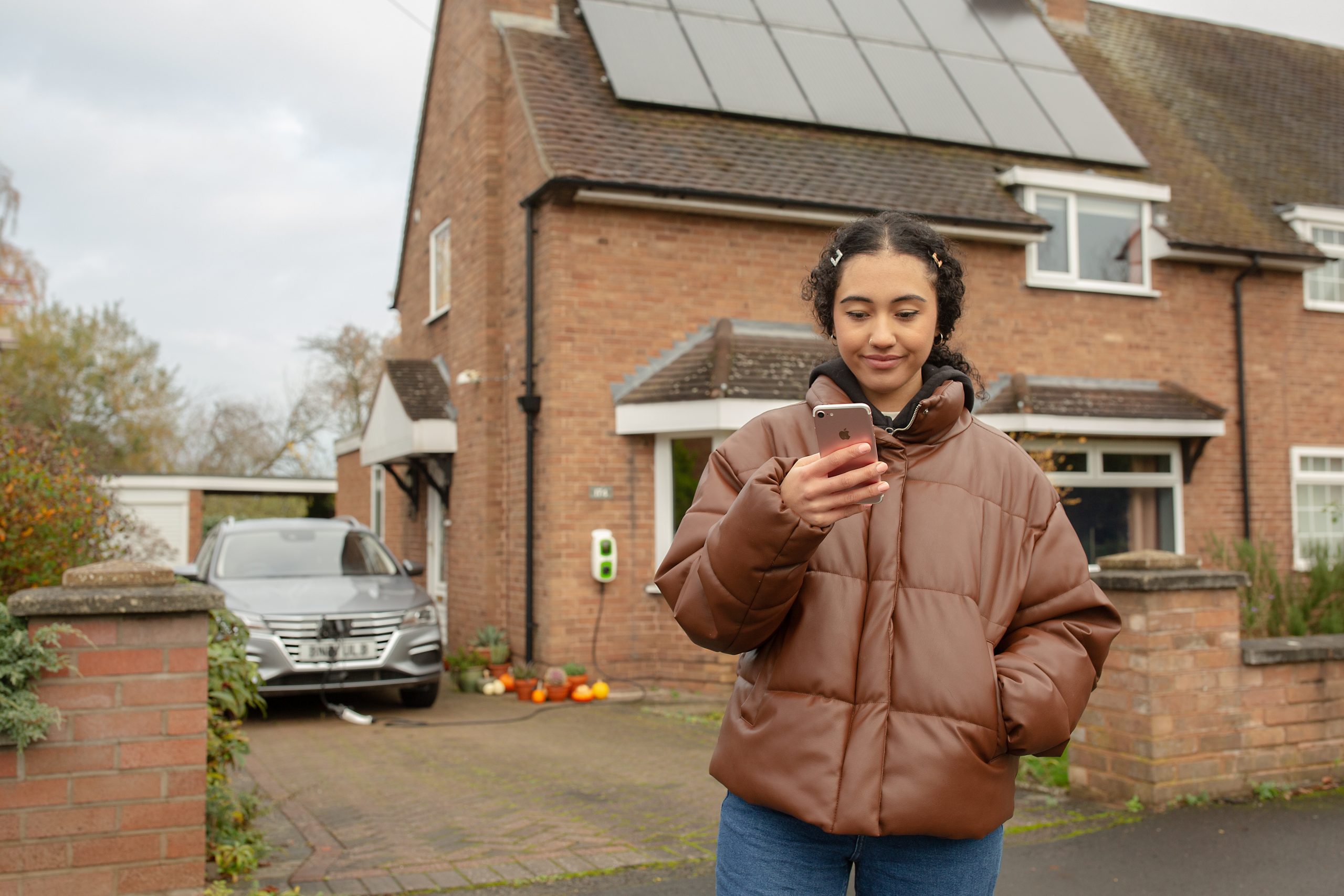Solar installers have always sensed the link between EV drivers and a solar array on their homes’ roofs. Now power retailers Good Energy and their investee firm, charger tracking outfit Zap Map, have measured it.
Existing EV drivers are seven times more likely than the general population to have home PV fitted, according to the firms’ research released today.
Zap Map’s latest annual survey of over 4,000 EV households reveals that 29% have solar panels installed, against the national average of 4.1% for all homes.
EV drivers’ love of green tech at home applies too to heat pumps. Seven per cent of clean motorists heat their homes with an air or ground source device, a figure much higher than the general population’s 1 per cent take-up of pump tech.
More than one in ten EV drivers also has a battery at home to store power, the firms’ research reveals.
The high uptake of panels on a roof linked to a battery under it means – or so the companies claim – that nearly a third of EV drivers can draw on the sun’s power to charge up at home, for no more than the upfront cost of the PV system, a cost spread over the panels’ 20 years-plus of guaranteed, predictable performance.
Good Energy and Zap Map’s measurements come the day after Britain’s solar installers confirmed January 2023 as their busiest month on record for home PV.
Last month’s completion of 16,043 new home-scale systems was three times the total for January 2022, and set a new monthly record for subsidy-free installations.
Coming after recent eye-watering leaps in cost of motor fuels and of home energy, both firms highlight those numbers as a boon of growing value. For increasing numbers of homeowners, the arithmetic of clean generation at home and clean consumption on the road looks more and more convincing.
Big – through shrinking – upfront costs of kit remain the most serious deterrent stopping households embracing green power, Good Energy’s polling finds. Installation costs are the most commonly cited barrier for people pondering heat pumps, solar PV and battery storage – 64%, 54% and 42% respectively, for each technology.
Such fears point to a gap, ZapMap co-founder Melanie Shufflebotham observed, between wealthier homeowners with off-street parking and less affluent drivers without a driveway.
More affordable on-street or local charging offered a solution, she said.
“As soon as you change the energy you use to fuel your vehicle, you start thinking about the energy you use elsewhere in your life”, said the Zap-Map chief. “Then you realise you can reduce your running costs with solar panels too”.




